What Happens During Primary Fermentation
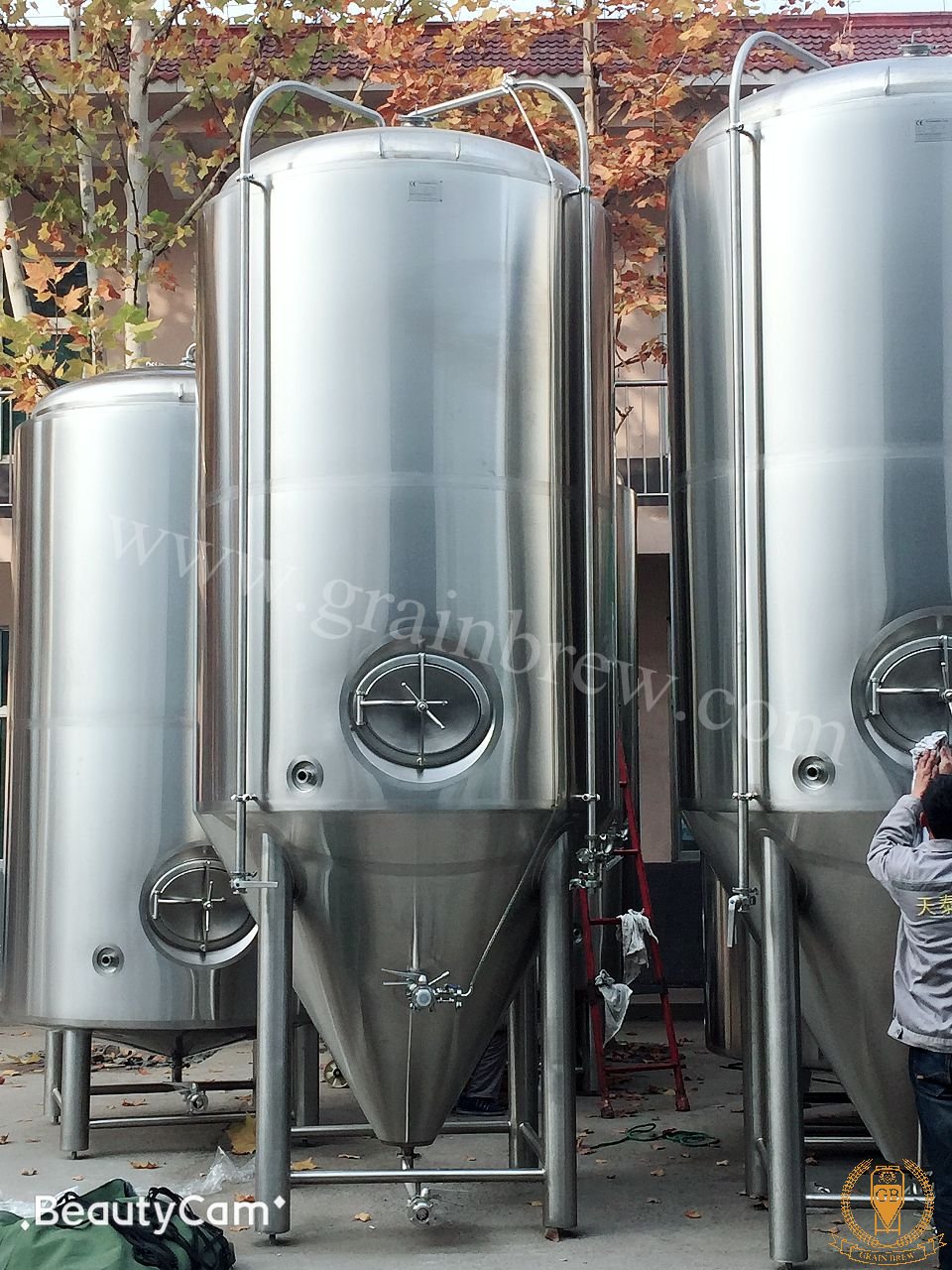
This first stage of fermentation, right after the beer is brewed, is called the primary fermentation.
During this stage, the yeast are at their most active — they are feasting like it’s Christmas Day on all the sugars you spent your brew day creating.
In return, they are creating alcohol and carbon dioxide. The alcohol stays behind in the beer, making it boozy,
while the carbon dioxide bubbles out through the airlock (if we didn’t let it escape, eventually the lid would blow off the bucket!).
There are also some more subtle things happening during this stage. As the yeast eat up the sugar, the flavor of the beer goes from malty sweet to something much closer to the flavor of the finished beer.
Depending on the exact variety of yeast you used, some flavor compounds, called phenols and esters, will make their way into the beer. Phenols add a bit of baking-spice spiciness, while esters add fruity flavors.
This stage of very active fermentation lasts about a week — you’ll see a lot of activity in the first few days and then it will taper off toward the end of the week.
As the yeast nears the end of its sugar feast and quiets down, the used-up yeast will start to fall down to the bottom of the bucket, along with leftover hop sediment, grist from the mash, proteins, and other solids.
This creates a solid layer of sediment at the bottom of the bucket with clean, clear beer above.
We are manufacture specially for beer brewing system and we can design and give reasonable advice to our customers.
Any interests of beer brewery equipment, please do not hesitate to contact us.
Any interests of beer brewery equipment, please do not hesitate to contact us.
Edited by Cody
[email protected]




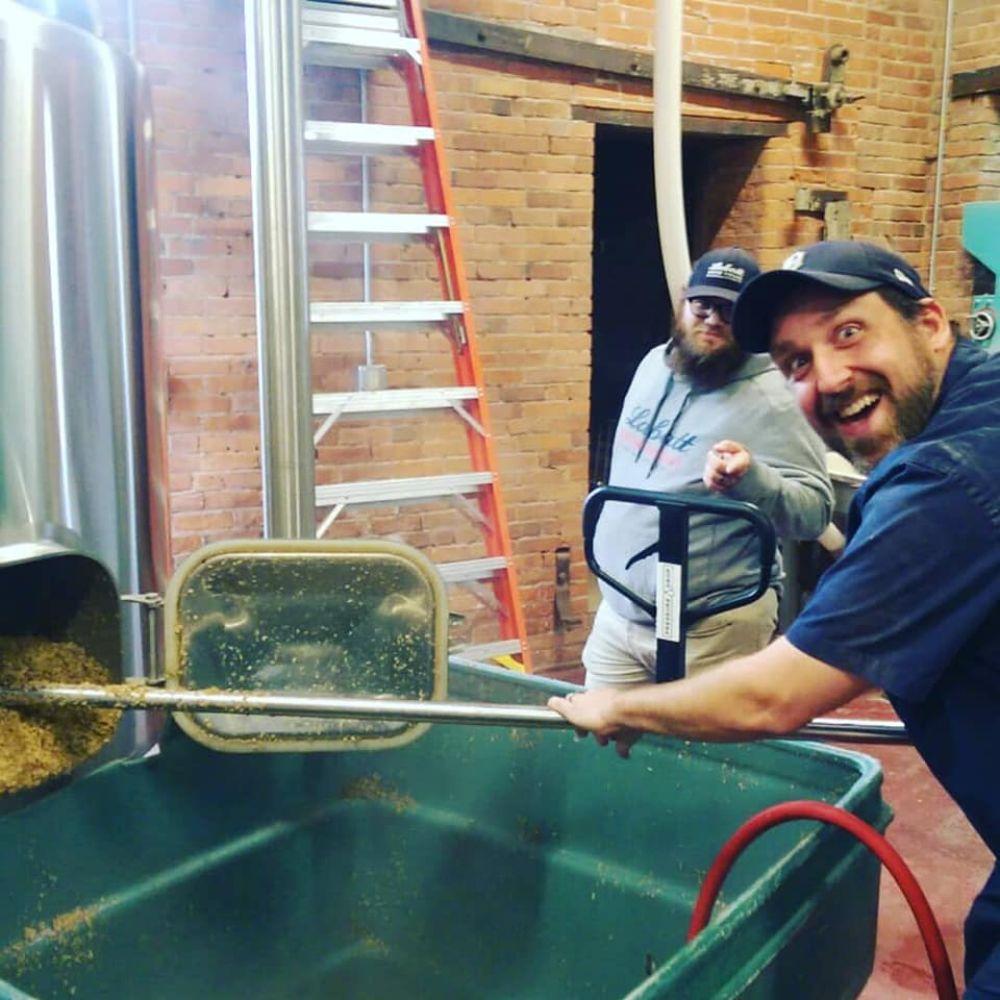
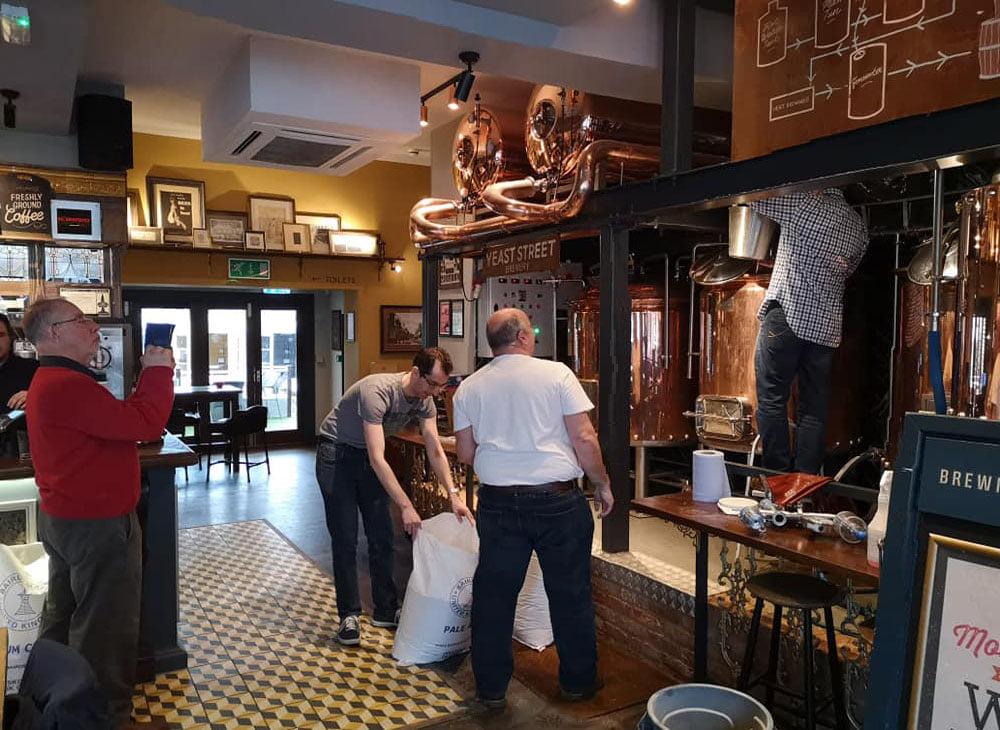
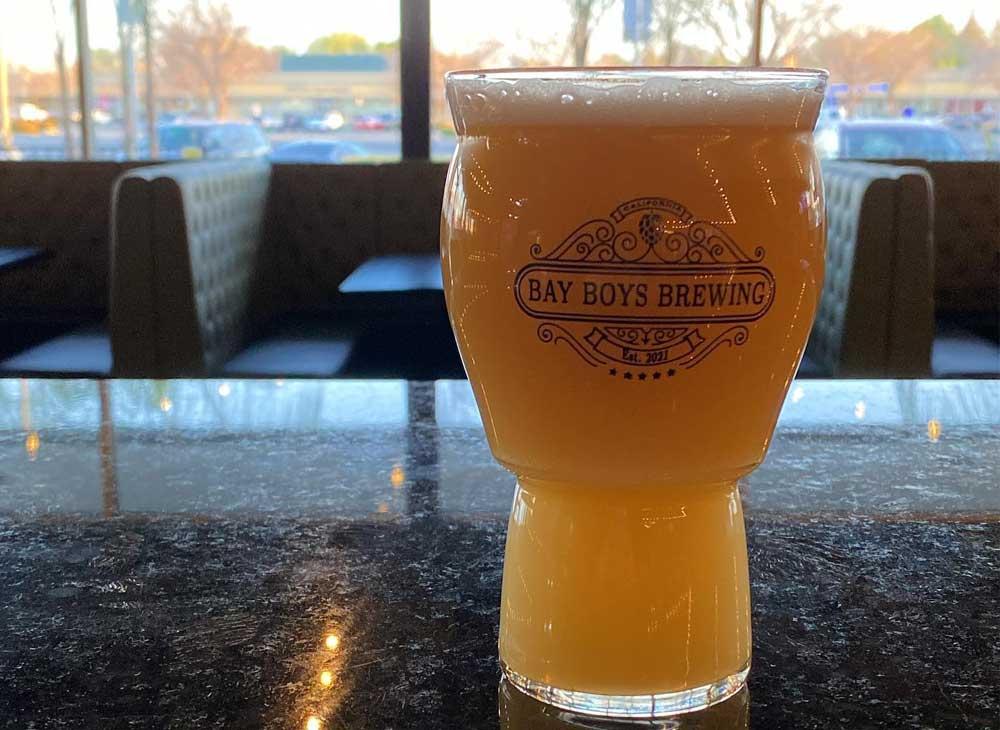
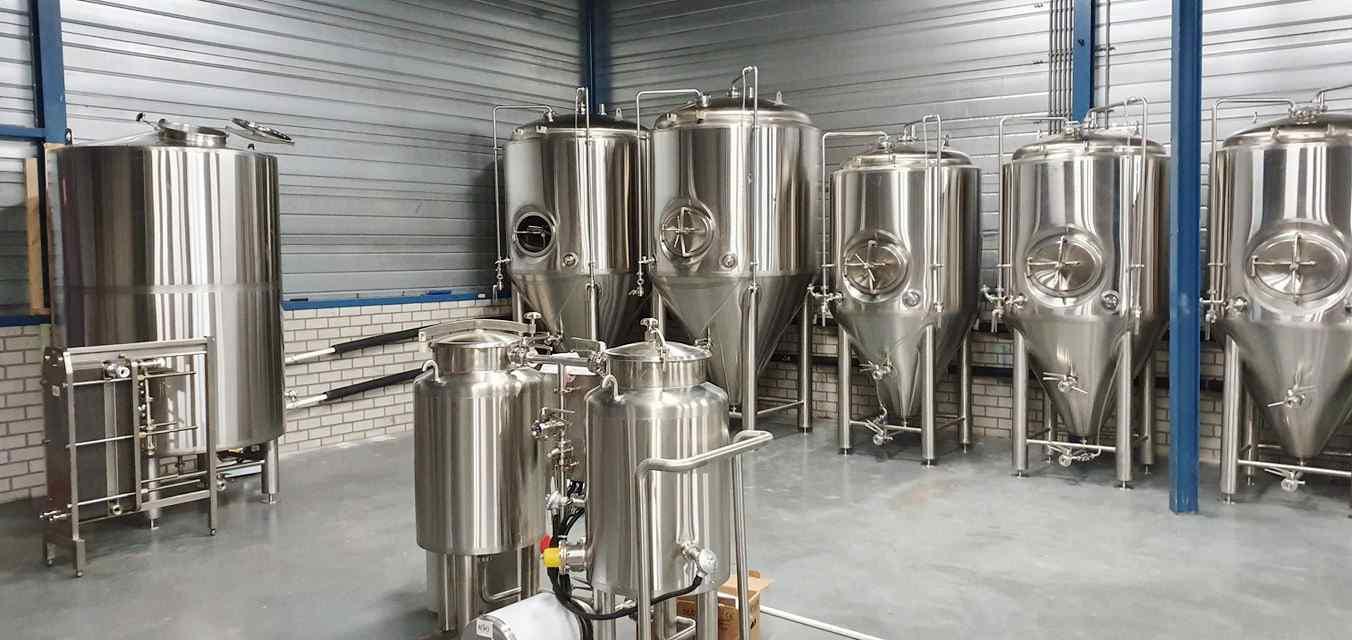
.jpg)
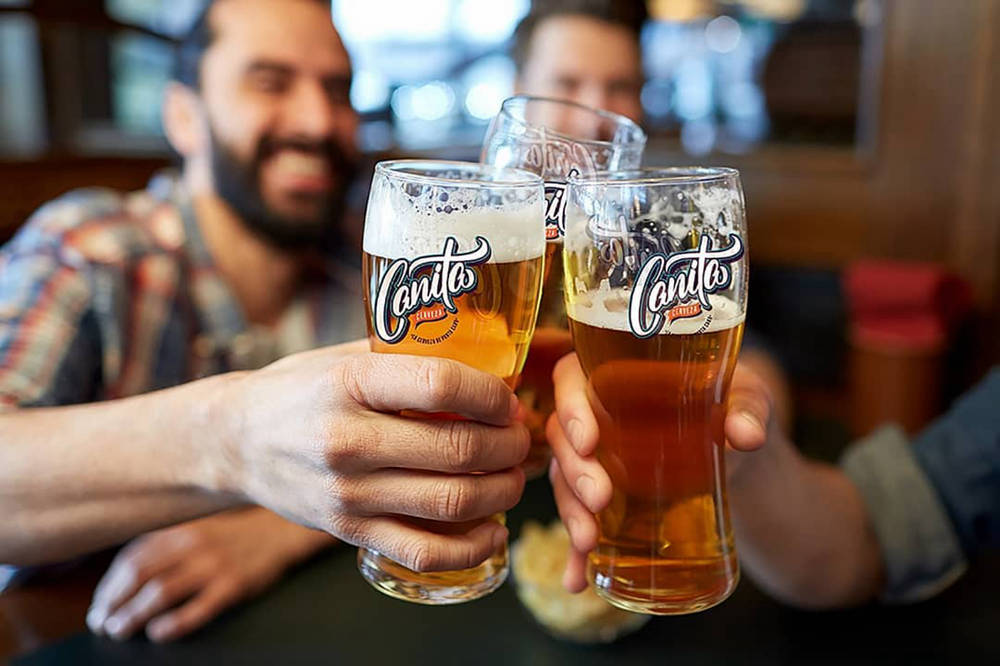
Leave a Comment